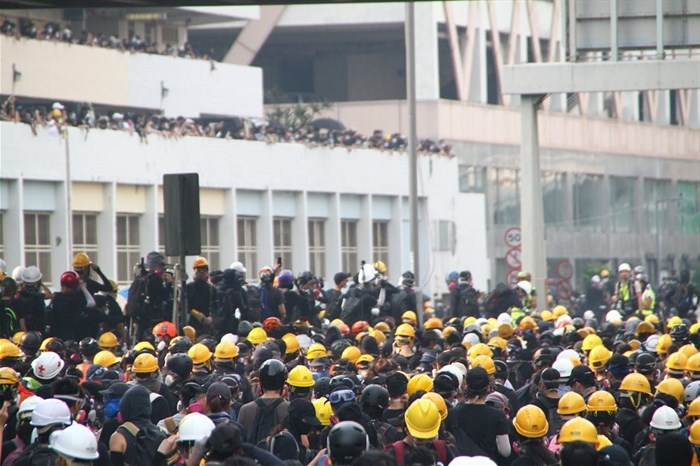Losing your protection? When protected strikes turn bad

In June 2018, 161 members of the African Meat Industry and Allied Trade Union (Amitu) embarked on a protected strike in support of demands for wage increases. The employer, Shave and Gibson Packaging, embarked on a lockout in response to the strike and issued a notice which retracted their initial wage increase offer and stated that employees would be excluded from the workplace unless the workers accepted a zero (0%) wage increase.
During the strike, various acts of violence and damage to property were committed by the strikers. The employer sought, and was granted, an interdict prohibiting these actions. However, the unlawful actions of the strikers continued.
After weeks had passed, the strikers wanted to return to work. The employer refused to allow them to return to work and instead instituted disciplinary proceedings against them based on the following charges:
- participating in an unprotected strike that was not functional to collective bargaining and had become violent;
- derivative misconduct by not identifying the persons who were involved in the violence that ensued;
- intimidation and assault;
- contempt of the court order; and
- failing to remain in the designated picketing areas.
Prior to the outcome of the disciplinary hearing being issued, the employer sent bulk SMSs, inviting employees to make written submissions explaining why they should not be found guilty of the alleged misconduct. This offer was made due to no attendance at the disciplinary hearing on the part of the strikers. Submissions were received from four employees, all of whom were subsequently reinstated.
All the strikers (other than the employees who were reinstated) were dismissed for misconduct. The employer argued that the strikers had been fairly dismissed as the strike had lost its “protected” status because it was marred with severe violence and intimidation; was protracted; and the strikers made unreasonable demands.
However, the employer failed to link the strikers individually to any criminal acts and failed to prove that they were aware of the culprits’ identities.
Labour Court finding
The LC found that while the strikers had collectively associated themselves with violence and intimidation due to the misconduct and virulent WhatsApp messages, only three strikers performed acts of intimidation, harassment and assault; and only 18 strikers continued to carry weapons after receiving the interdict.
Since the employer failed to link the strikers individually to the criminal acts or prove that they were aware of the culprits’ identities, the dismissal of the remaining strikers was ruled substantively unfair.
Moreover, the LC held that a protected strike does not lose its status, as such, on account of some strikers resorting to violence and intimidation, and that the employer was not entitled to rely on the claim that the employment relationship had been rendered intolerable and retrospective reinstatement was ordered.
Importance of the case
The Constitution confers the right to strike upon all employees as it is essential to social justice and functional collective bargaining. It also provides a counterbalance to the employment relationship whereby employees usually have the underhand.
The LC’s decision highlights the importance of protecting the constitutional right to strike, even in the face of incidents of violence and intimidation by confirming that a strike marred by violence is not automatically rendered unprotected.
This raises the question, which is yet to be answered, of whether collective bargaining can remain ‘functional’ even when conduct in furtherance of a protected strike turns violent or when a strike demand is not attainable.

About Jacques van Wyk
Jacques van Wyk is a director in Labour and Employment Law at Werksmans Attorneys. He was named as a recommended lawyer in Labour & Employment by the Legal500 (2010-2012), and co-authored 'Labour Law in Action - A Handbook on the new Labour Relations Act - 1997' with Frances Anderson. Jacques specialises in commercial employment transactions arising during mergers and acquisitions, corporate restructures, executive employee terminations of employment, drafting employment contracts and letters of appointment; disciplinary codes and procedures; and grievance procedures.Related
All work, no pay: How to deal with employers that owe you money 2 Apr 2025 The complex business of outsourcing and the implications of Section 197 27 Mar 2025 Zero-tolerance policy revisited: Postive cannabis test is not enough for a fair dismissal 11 Dec 2024 EE Amendment Act in effect from Jan 2025: What you need to know 3 Dec 2024 Can employers withhold the pay of staff for working from home? 27 Nov 2024 Dismissal disputes: Trust breakdown evidence not always required 7 Oct 2024




























